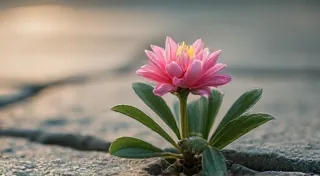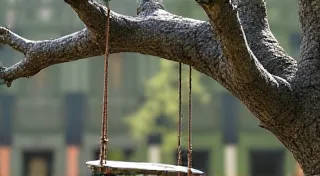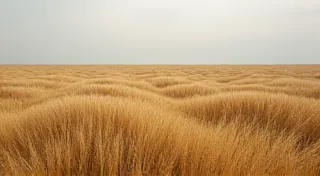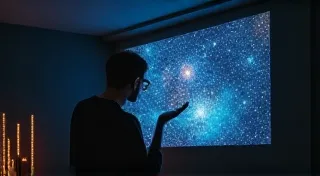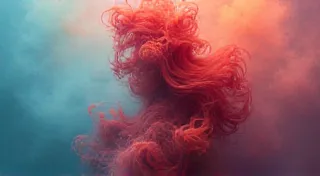Chromatic Reverie: Exploring the Palette of Avian Plumage
The first time I truly *saw* a bird, it wasn’t just a fleeting glimpse of feathers. It was a male Northern Cardinal, blazing a defiant red against the dull winter landscape. I was a child, and the intensity of that color – so vibrant, so unexpected – left me breathless. It wasn't just a bird; it was a jewel, a tiny flame, a profound little mystery. That moment ignited a lifelong fascination with birds, and particularly, with the astonishing artistry of their plumage.
We often take color for granted. It's woven into the fabric of our lives, a silent communicator of mood and meaning. But in the avian world, color takes on a depth and complexity that is both scientifically fascinating and profoundly beautiful. It's a language whispered on the breeze, a vibrant dance of survival and courtship.
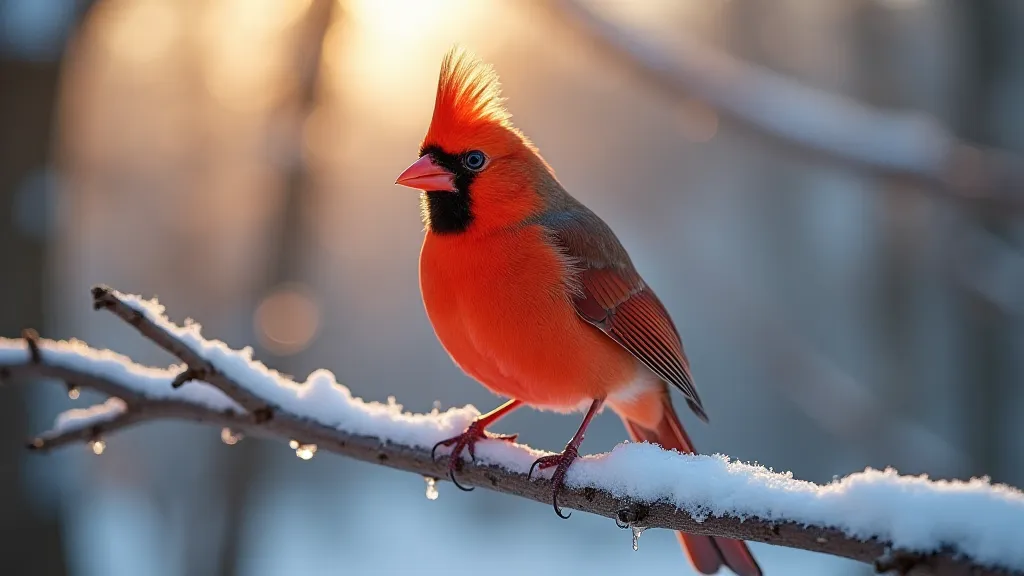
The Science of Spectacle: Pigments, Structure, and Iridescence
The colors we perceive in bird plumage aren't simply a matter of pigment. There’s a complex interplay of chemistry and physics at work. While some colors are created by pigments – melanin, for instance, produces browns and blacks; carotenoids are responsible for yellows, oranges, and reds – many of the most spectacular hues are structural. These colors aren't caused by pigments at all, but by the way light interacts with tiny, microscopic structures within the feathers.
Imagine a feather with layers of incredibly thin, transparent plates. When light hits these plates, it’s reflected and refracted, creating interference patterns. Depending on the angle of the light and the spacing of the plates, certain wavelengths of light are amplified, while others are canceled out. This creates the iridescent blues, greens, and purples we see in birds like the iridescent hummingbird or the shimmering feathers of a starling. The angle at which you view the bird significantly changes the hue you perceive – a phenomenon beautifully demonstrated by the shifting colours of a peacock's train.
The intensity of these structural colors can also be influenced by the bird's health. Carotenoids, for example, must be obtained through diet. A bird lacking the necessary nutrients may display duller or less vibrant colors, providing a visual signal of its health and vigor to potential mates. It’s a powerful testament to the inherent connection between a creature’s well-being and its appearance.
The Language of Courtship: Signaling Fitness and Preference
The vibrant colors of many bird species are intrinsically linked to mate selection. Bright, bold plumage in males often signals genetic quality and overall health. Females, often more muted in coloration – a benefit for camouflage while nesting – are visually assessing these signals. A male with particularly vivid colors might be demonstrating his ability to find and consume carotenoid-rich foods, proving his skill as a provider and his resistance to disease.
However, it's not just about brightness. The specific patterns and combinations of colors can also be crucial. Some species exhibit sexual dimorphism – significant differences in plumage between males and females – that are unique and intricate. The elaborate dances and displays that often accompany courtship rituals further amplify these visual signals, creating a spectacle of nature’s artistry.
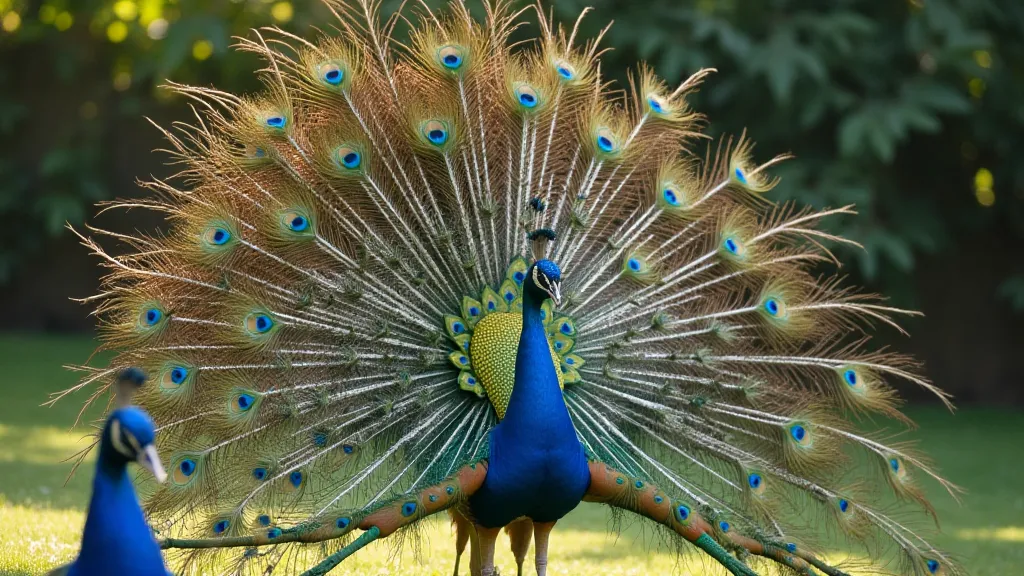
Camouflage and Deception: Blending In and Standing Out
While bright colors are often associated with courtship, many birds utilize camouflage to evade predators and ambush prey. Browns, grays, and mottled patterns allow them to blend seamlessly into their surroundings. The camouflage isn’t always about complete invisibility; sometimes, it's about disrupting the bird’s outline, making it harder to distinguish from the background.
Interestingly, some birds employ a fascinating blend of camouflage and conspicuousness. Females, responsible for nesting and raising chicks, often sport drab coloration for concealment. However, juvenile birds, particularly those vulnerable to predation, might display bright or contrasting colors that act as a form of disruptive coloration. These patterns break up their shape, making it more difficult for predators to identify them as a single target. It's a clever strategy, demonstrating the duality of survival - sometimes, it pays to disappear; other times, it's advantageous to stand out.
The Emotional Resonance: A Connection to the Natural World
Beyond the scientific explanations, there’s an undeniable emotional resonance to the colors of birds. They evoke feelings of wonder, beauty, and connection to the natural world. Watching a flock of brilliantly colored parrots fly across the sky, or observing a tiny hummingbird hover effortlessly at a flower, fills us with a sense of awe and appreciation for the intricate workings of life.
The vibrant hues of birds serve as a constant reminder of the beauty and fragility of our planet. As we continue to lose habitat and face the challenges of climate change, it becomes increasingly important to protect these incredible creatures and the ecosystems they inhabit. Each color, each pattern, is a precious piece of a larger tapestry – a tapestry we have a responsibility to preserve for generations to come.
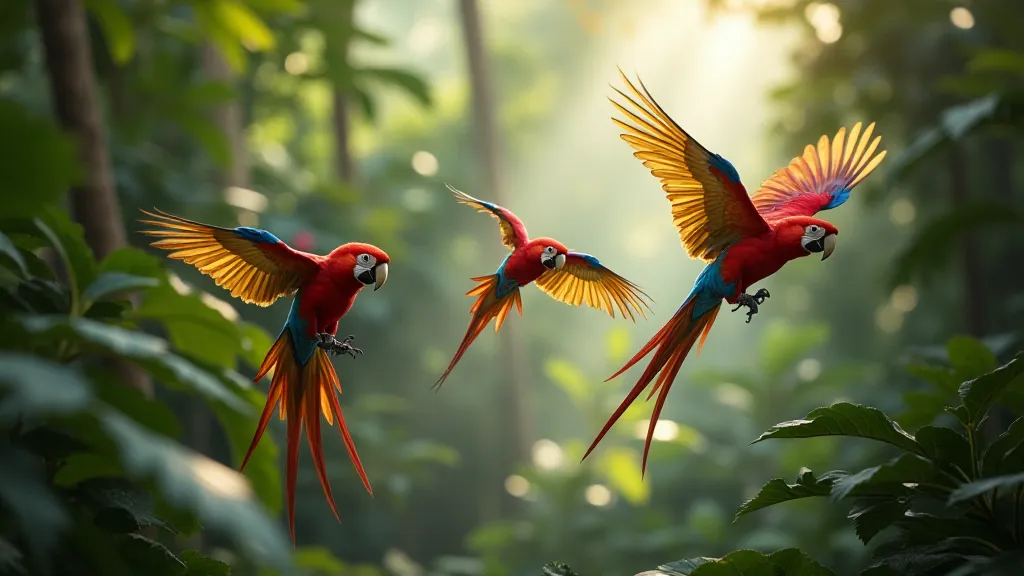
My initial encounter with that cardinal, so many years ago, continues to influence my appreciation for the delicate interplay of nature’s artistry. It’s a lesson in observation, in understanding that even the smallest creatures hold immense beauty and profound significance. And I think, in a world often characterized by noise and complexity, there's something deeply restorative about simply taking the time to *see* the colors of the birds around us.
